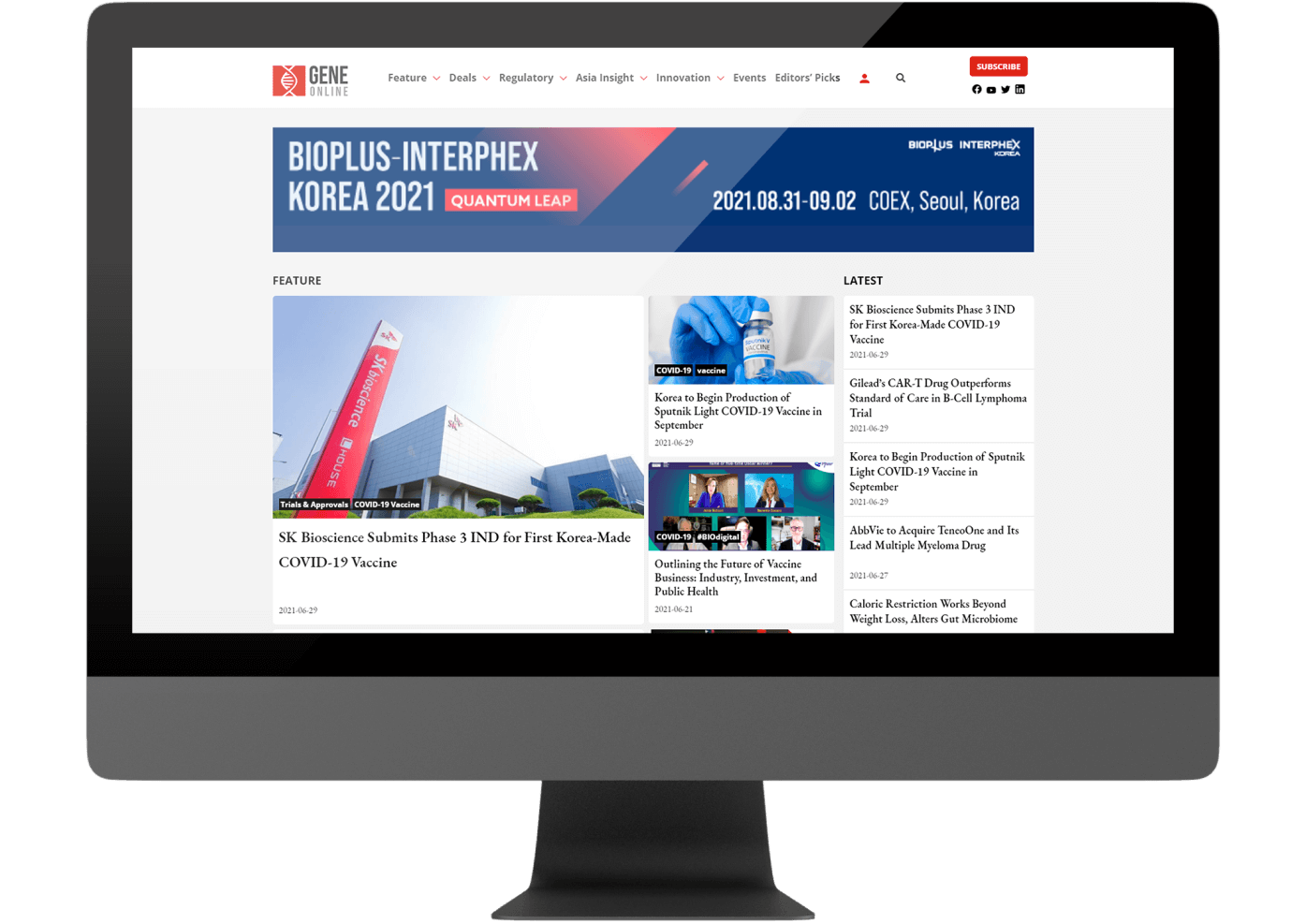Diabetes: Novel Amylin, Insulin Coformulation Could Aid Blood-Sugar Control
By Pavel Ryzhov, Ph.D.
There are nearly 1.6 million people in the US living with type 1 diabetes [1]. Its pathophysiological effect on the body manifests in the autosomal destruction of β-cells of the pancreas, which produce hormones such as insulin and amylin. The former regulates blood glucose levels by upregulating its uptake by cells, while the latter acts complimentarily to promote a feeling of satiation and slow the emptying of the stomach [2]. Due to the glycemic imbalance created by the shortage of these hormones, diabetic patients may experience a range of side effects that severely impact their quality of life.
Insulin replacement therapy has been the standard of care (SoC) for many decades [3], but it does not include amylin, which prevents post-prandial (during/after meal) spikes of glucose levels in the blood. This is because amylin is capable of producing amyloid fibrils that lead to islet amyloidosis toxicity [4].
The problem is exacerbated by the fact that even its analog pramlintide, (with three amino-acid substitutions to prevent fibrillation), has production limitations in the form of its low pH (pH ~4) formulation, This makes it incompatible with current insulin formulations such as commercially available insulin analogs Humalog and Novolog (formulated at pH ~7.4). As a result, two hormones cannot be administered simultaneously, making current SoC significantly less efficient in terms of pharmacokinetics.
Experimental Two-in-One Diabetes Shot
To address this unmet clinical need, researchers from Stanford University have managed to optimize the formulation of insulin and pramlintide to allow for their efficient co-administration in a single injection [5]. They accomplished it by leveraging and coupling two supramolecular stabilization methods. The first is widely known as PEGylation, a process of covalent linking of the polymer chains of varying lengths to desired proteins to improve stability.
However, due to the potential immunogenicity of these irremovable protein modifications in vivo, this method was not used alone [6]. Instead, non-covalent modification with CB[7]-PEG (cucurbit[7]uril])-conjugated PEG was employed. These types of macrocyclic complexes have strong binding affinities to aromatic amino acids, such as phenylalanine and tyrosine, found on the N- and C-termini of insulin and amylin, respectively.
Indeed, the researchers found that CB[7]-PEG binds both pramlintide and insulin analog aspart (used in Novolog) with micromolar affinity without changing their respective protein structures. In addition, by removing zinc from insulin formulation (via the addition of complexing agent EDTA), it was possible to prevent the formation of insulin hexadimers, thus making CB[7]-PEG protein complexes of pramlintide and aspart more similar to each other in terms of their hydrodynamic radius and diffusion rates.
Furthermore, using continuous agitation at 37 ºC, researchers determined that CB[7]-PEG stabilizes insulin/pramlintide formulation and prevents them from aggregation under normal physiological conditions pH ~7.4 for over 100 hours, a significant improvement from non-complexed pramlintide, thus solving a critical co-formulation bottleneck for these hormones.
In addition, using the diabetic rat model, the pharmacokinetics (PK) and pharmacodynamics of the new co-formulation were compared against Novolog, and against the clinically relevant combination of Novolog and pramlintide injected separately. While measuring serum concentrations of insulin and pramlintide over time, it was determined that in a co-formulation, aspart did not change its pharmacokinetic profile as compared to the commercial formulation. On the other hand, pramlintide showed an extended duration of action as compared to its separate administration, thus creating an increase in their PK profile overlap. This was demonstrated by the statistically significant increase in the ratio of pramlintide over aspart pharmacokinetic profiles when comparing separate injections to a dual-hormone therapy in an ELISA-based assay. These results were also corroborated by similar experiments in diabetic pigs in the same study. From the biocompatibility stand-point, CB[7]-PEG was evaluated in rats and pigs with no differences in blood chemistry found between treated and untreated animals.
The authors of the study surmise that the novel non-covalent modification of pramlintide and insulin analogs with CB[7]-PEG stabilizes them in a co-formulation that has more favorable and physiologically potent pharmacokinetics and pharmacodynamics profile as compared to separate injections under the current standard of care.
Editor: Rajaneesh K. Gopinath, Ph.D.
Related Article: Spotlight: The Many Facets of AstraZeneca’s Farxiga
References
- https://www.diabetes.org/resources/statistics/statistics-about-diabetes
- https://www.ncbi.nlm.nih.gov/pmc/articles/PMC4662979/
- https://www.touchendocrinology.com/advances-in-insulin-therapy-physiological-replacement-with-insulin-analogs/
- https://www.ncbi.nlm.nih.gov/pmc/articles/PMC4856891/
- https://www.nature.com/articles/s41551-020-0555-4
- https://www.ncbi.nlm.nih.gov/pubmed/18778113
©www.geneonline.com All rights reserved. Collaborate with us: service@geneonlineasia.com









